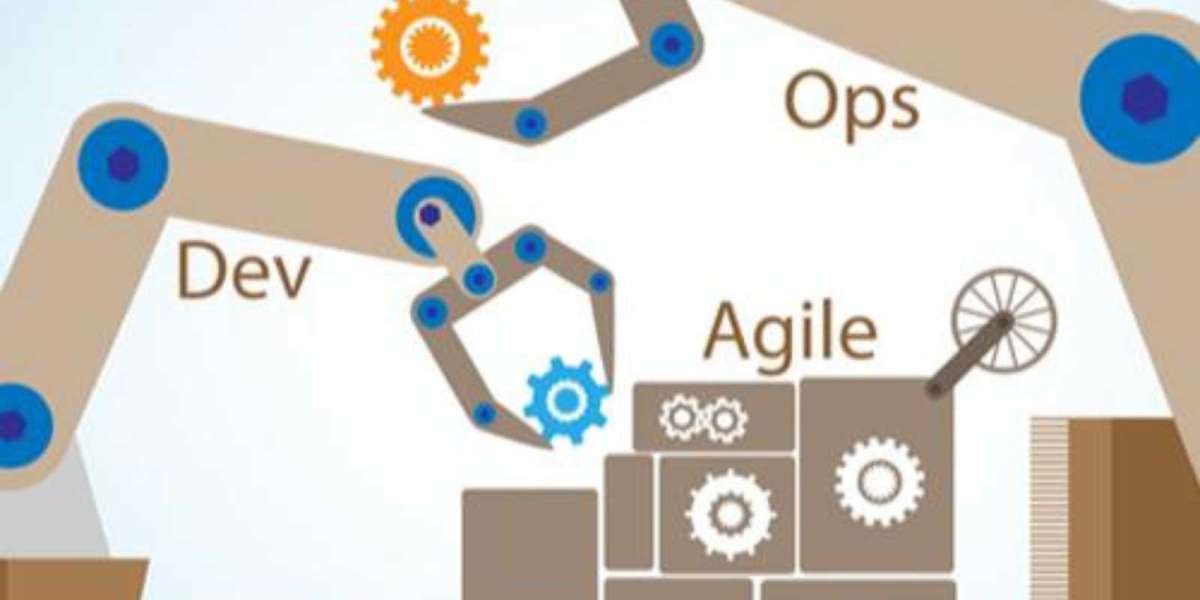This article is all about "Best Practices: CI/CD with Microservices." In today's rapidly evolving software development landscape, where agility and scalability are paramount, Continuous Integration and Continuous Delivery (CI/CD) have emerged as indispensable practices. Particularly within the context of microservices architectures, where complex systems are broken down into smaller, independently deployable components, CI/CD plays a pivotal role in ensuring seamless integration, testing, and deployment of services.
Best Practices: CI/CD with Microservices:
Continuous Integration and Continuous Delivery (CI/CD) have become indispensable practices in modern software development, particularly with the rise of microservices architectures. In this article, we'll delve into what CI/CD entails, its importance in microservices environments, and explore best practices to ensure seamless implementation.
What is CI/CD?
CI/CD, or Continuous Integration and Continuous Delivery, is a set of practices aimed at automating the process of integrating code changes into a shared repository (Continuous Integration) and subsequently delivering those changes to production environments (Continuous Delivery/Deployment). The primary goal is to ensure that code changes are thoroughly tested and ready for deployment at any given time, facilitating a faster and more reliable software delivery pipeline.
Continuous Integration involves the frequent integration of code changes into a central repository, where automated builds and tests are triggered to validate the changes. Continuous Delivery extends this concept by automating the deployment process, making it possible to release new features or updates to production quickly and efficiently.
CI/CD with Microservices:
Microservices architecture involves breaking down applications into smaller, independent services that can be developed, deployed, and scaled independently. CI/CD practices play a crucial role in managing the complexity of microservices environments by enabling teams to develop, test, and deploy services autonomously while ensuring seamless integration with other services.
Connect for Partnership Opportunities: https://devopsenabler.com/contact-us
Best Practices:
- Automation of Tests and Processes: Prioritize automation of tests, starting with unit tests followed by smoke tests, functional tests, and UI tests. Automating these tests helps ensure code quality and reduces the manual effort required for validation.
- Frequent Software Releases: Aim for frequent releases of software by maintaining a release-ready state and testing in an environment similar to production. Practices such as A/B testing and gradual rollout to subsets of users can help validate features before wider deployment.
- Less Branching, More Daily Commits: Encourage developers to commit changes frequently to the main branch, reducing the complexity of merging multiple branches before releases. Adopting a GitOps approach and committing changes daily helps streamline integration and deployment processes.
- Readiness for Microservices: Transitioning to a microservices architecture requires careful planning and incremental changes. Focus on identifying the mission-critical components and gradually re-architecting the application around microservices to improve scalability and maintainability.
- Security Maintenance: Ensure the security of CI/CD systems by separating them from external networks and implementing strong access controls and authentication mechanisms. Protect sensitive credentials and codebases from unauthorized access to mitigate security risks.
Implementing CI/CD best practices is essential for streamlining software delivery processes and ensuring the reliability and efficiency of microservices architectures. By prioritizing automation, frequent releases, minimal branching, readiness for microservices, and robust security measures, organizations can accelerate their development cycles and deliver high-quality software with confidence. Continuous monitoring and optimization of CI/CD pipelines are key to adapting to evolving requirements and maximizing the benefits of modern software delivery practices.
Contact Information:
- Phone: 080-28473200 / +91 8880 38 18 58
- Email: sales@devopsenabler.com
- Address: #100, Varanasi Main Road, Bangalore 560036.








